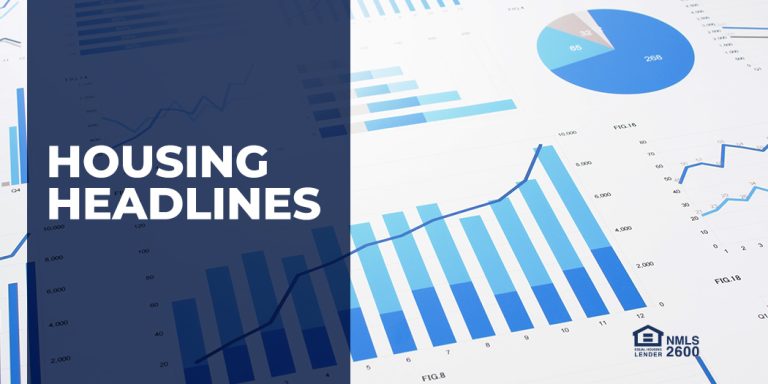May new home purchase mortgage applications decreased 4.5%; mortgage rates fell for the third straight week, slipping to 6.81%; mortgage applications decreased 2.6% from one week earlier; U.S. home prices are expected to grow by an average of 2.9% in 2025 and 2.8% next year; and home affordability is seen as “historically low” following five years of punishing price increases.
May New Home Purchase Mortgage Applications Decreased 4.5 Percent
Mortgage Bankers Association - 6/17/2025
Economic uncertainty, rising mortgage rates, and increasing competition from growing existing-home sales inventory likely dampened overall demand for new home purchases in May.
Mortgage Rates In U.S. Fall For A Third Week, Slipping To 6.81%
Financial Advisor - 6/18/2025
Mortgage rates in the U.S. dropped for a third week, sliding to the lowest level since the middle of May. The average for 30-year, fixed loans was 6.81%, down from 6.84% last week, Freddie Mac said in a statement.
Mortgage Applications Decrease in Latest MBA Weekly Survey
Mortgage Bankers Association - 6/18/2025
Mortgage applications decreased 2.6 percent from one week earlier, according to data from the Mortgage Bankers Association’s Weekly Mortgage Applications Survey for the week ending June 13, 2025.
Weekly Housing Trends: Latest as of June 14
Realtor.com - 6/18/2025
This week, we see a continuation of recent trends: new listings are rising, inventory is rebounding, and prices are holding steady — making today’s market more buyer-friendly than a year ago.
Sharp Drop in Multifamily Production Brings Overall Housing Starts Down
Eye On Housing - 6/18/2025
Overall housing starts decreased 9.8% in May to a seasonally adjusted annual rate of 1.26 million units, according to a report from the U.S. Department of Housing and Urban Development and the U.S. Census Bureau.
Home price growth expected to ebb through 2026: Fannie Mae expert panel
Scotsman Guide - 6/13/2025
U.S. home prices are expected to grow by an average of 2.9% in 2025 and 2.8% next year, according to a panel of experts polled by Fannie Mae.
Home Affordability Is ‘Historically Low,’ Says JPMorganChase
Realtor.com - 6/17/2025
Home affordability is "historically low" following five years of punishing price increases, according to a new report on the housing crisis from JPMorganChase Institute researchers.
U.S. multifamily market posts strongest Q1 since 2000
Mortgage Professional America - 6/17/2025
In the first quarter of 2025, multifamily net absorption reached 100,600 units, the highest first-quarter total since 2000, and more than triple the pre-pandemic average, according to CBRE’s latest research.
Why the housing market is so stuck, in 4 charts
Yahoo Finance - 6/19/2025
Yahoo Finance compiled charts that illustrate how quickly the housing market shifted in the last five years, and why it’s at a standstill now.
Household Real Estate Asset Value Falls to Start the Year
Eye On Housing - 6/13/2025
The market value of household real estate assets fell from $48.1 trillion to $47.9 trillion in the first quarter of 2025, according to the most recent release of U.S. Federal Reserve Z.1 Financial Accounts.


